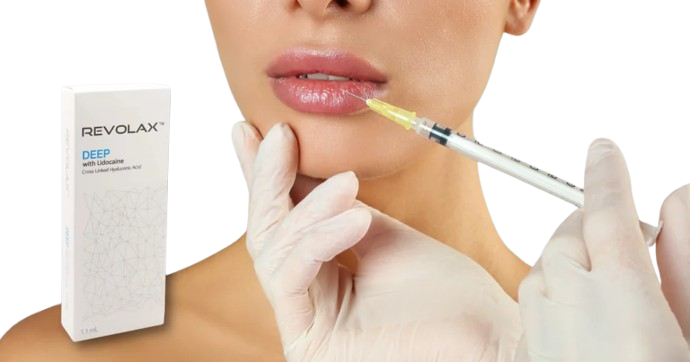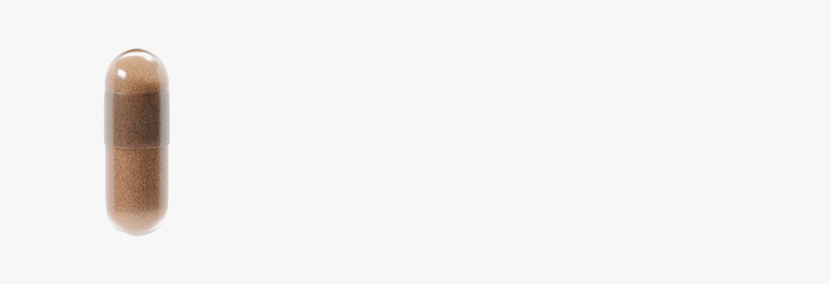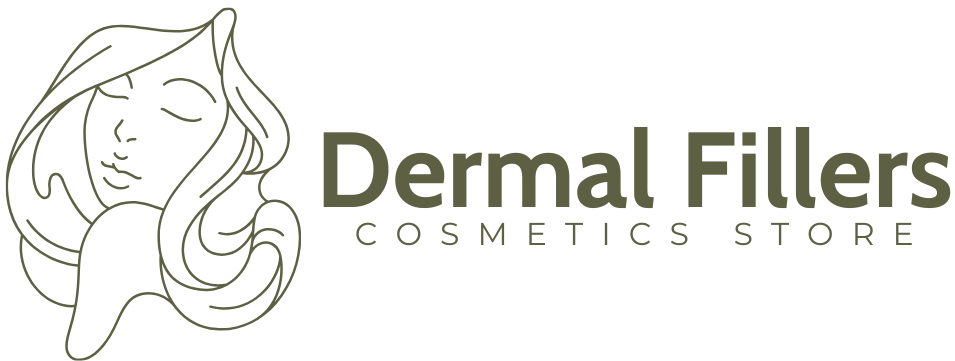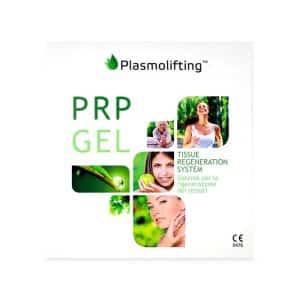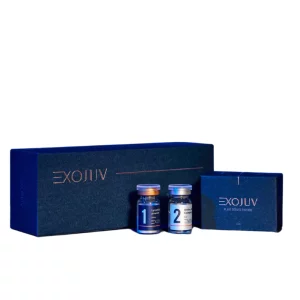PRP
Plasmolifting Gums – Stimulate Gum Tissue Regeneration and Healing
Jul 14, 2025
In 2021, periodontal disease affected over 951 million people worldwide, with Asia bearing the highest rates among working-age adults. These chronic gum conditions don’t just threaten oral health—they also reduce quality of life and contribute to economic loss through missed work and costly dental interventions. Yet despite their prevalence, many cases remain untreated or progress unnoticed, revealing a critical need for regenerative solutions that go beyond symptom control.
Plasmolifting introduces a cutting-edge approach to periodontal care by using the body’s own platelet-rich plasma (PRP) to promote healing from within. This technique harnesses natural growth factors to repair and regenerate gum tissue—offering a biologically active, minimally invasive alternative to conventional treatments that often fall short in halting disease progression.
In this article, we’ll explore how Plasmolifting works, examine its clinical advantages in gum regeneration, and compare it to traditional periodontal therapies. Whether you’re a practitioner or a patient seeking long-term solutions, this guide offers insight into the future of gum disease treatment.
Key Takeaways
- Plasmolifting uses the patient’s own platelet-rich plasma (PRP) to accelerate gum tissue healing and regeneration by delivering natural growth factors directly to affected areas.
- It is especially effective in treating periodontitis, gingival recession, post-extraction sites, and implant-related soft tissue support, offering faster recovery and reduced discomfort.
- The PRP injection process follows a standardized protocol involving blood draw, centrifugation, and precise application to target gum tissue.
- Plasmolifting is biocompatible and autologous, making it safe for a wide range of patients, including those with slow-healing wounds or systemic health concerns.
- Real-world results show reduced swelling, improved tissue tone, and faster healing when clinicians use PRP as a supplementary procedure to traditional gum treatments.
- As demand for regenerative solutions grows, Plasmolifting offers a natural, minimally invasive option for modern periodontal care without relying on synthetic medications.
About: Trusted by over 2,000+ global clients since 2014, Maylips has become a leading supplier of cosmetic, skincare, and orthopedic products for medical and aesthetic professionals. Maylips offers a wide range of authentic brand-name products at competitive wholesale prices, sourced from around the world. If you’re looking to buy Plasmolifting PRP Kits online, contact our sales team for guidance.
How Plasmolifting Supports Healing in Periodontal Treatment
Plasmolifting is a regenerative technique that uses the patient’s own platelet-rich plasma (PRP) to accelerate tissue repair in periodontal therapy. Once injected into the gum tissue, PRP releases a cascade of growth factors that help reduce inflammation, stimulate tissue regeneration, support angiogenesis (the formation of new blood vessels), and enhance collagen synthesis. This biological boost makes it particularly effective for conditions such as periodontitis, gingival recession, and post-extraction recovery.


Since PRP comes the patient’s own blood, the risk of immune rejection or serious side effects is minimal. Dental professionals often combine Plasmolifting with scaling and root planing or flap surgery to improve outcomes.
The technique promotes faster recovery, minimizes postoperative discomfort, and supports long-term gum health, making it a powerful tool in modern periodontal treatment strategies.
Injection Protocol and Platelet Concentration for Gingival Use
When performing Plasmolifting for gums, clinicians must adhere to strict PRP preparation protocols to ensure both safety and efficacy. The procedure begins with drawing a small amount of venous blood, typically 10–20 mL. The clinician then places the sample in a centrifuge, which separates the platelet-rich plasma from red cells and white blood cells.
They then carefully load the resulting PRP into a sterile syringe under aseptic conditions. Before injection, the administering healthcare professional often applies a topical or local anesthetic to reduce patient discomfort. In gingival applications, the ideal platelet concentration is generally 3 to 5 times above the baseline—this level offers enhanced healing without increasing the risk of adverse effects. They strategically place injections in papillary or marginal gingiva, depending on the target area.
Key Steps in the Injection Protocol
- Draw venous blood and centrifuge to isolate PRP
- Load PRP into a sterile syringe under clean conditions
- Apply an anesthetic to improve comfort
- Inject PRP into targeted gingival tissues
- Monitor the patient’s healing response and provide post-procedure care
Clinicians looking to master this protocol should consider completing platelet rich plasma training, which ensures they understand both the biological principles and technical nuances of the procedure.
Clinical Indications for Using Plasmolifting in Dentistry
Plasmolifting has gained popularity across a range of dental procedures, particularly those requiring soft tissue regeneration. With proper training, clinicians can integrate this technique into both surgical and non-surgical periodontal care. The goal is not only to accelerate healing, but also to improve patient outcomes through biologically active, drug-free therapy.
Common Indications
- Moderate to severe periodontitis with gum tissue loss
- Gingival recession or thinning gums
- Socket healing following tooth extraction
- Dental implant support, improving soft tissue integration
- Sinus lift and bone graft procedures
- Chronic gingival inflammation unresponsive to standard treatments
- Healing support after deep cleaning (scaling and root planing)
Because PRP is biocompatible and comes directly from the patient, it’s considered safe across different demographics. This is especially valuable for patients with slow-healing wounds, autoimmune conditions, or sensitivity to conventional medications.
Real-World Outcomes: Plasmolifting for Gums in Practice
In real-world dental practice, Plasmolifting consistently shows promising outcomes. Patients who receive PRP therapy after extractions or periodontal surgeries often report less swelling, quicker recovery, and reduced pain compared to traditional treatments. Clinicians also note improvements in gingival color, tissue tone, and bleeding control within just a few days post-procedure.


Image Courtesy of Dentica
These results align with the broader push toward biologic dentistry, an approach that emphasizes natural, regenerative therapies. In regions where PRP training is widely available, Plasmolifting has become a preferred adjunct for enhancing patient recovery without increasing treatment complexity or risk.


Image Courtesy of Institute of Periodontics
Conclusion
Plasmolifting represents a significant advancement in periodontal regeneration, offering a non-pharmacological and patient-specific approach to healing. For patients dealing with chronic gum conditions, surgical recovery, or gum tissue loss, it delivers targeted support for faster, more comfortable recovery.
For optimal results, use PRP in early to moderate stages of tissue damage or immediately after dental procedures to jump-start healing. Dentists should evaluate each patient individually and consider Plasmolifting when inflammation, tissue loss, or slow healing present treatment challenges.
As more providers pursue platelet rich plasma training, this technique positions itself to become a standard in regenerative dental care.
FAQs
1. What is PRP, and how is it used in dentistry?
Platelet-rich plasma (PRP) is a component of blood that’s rich in growth factors. In dentistry, it’s injected into the gums to promote tissue regeneration and healing.
2. Is plasmolifting painful?
Most patients experience minimal discomfort. A local anesthetic may be applied to reduce pain during the injection process.
3. How long does it take to see results?
Improvement in gum condition is usually noticeable within a few days. Full healing varies depending on the procedure.
4. Are there any side effects of PRP in dental treatments?
Since PRP comes from the patient’s own blood, side effects are rare. Mild swelling or soreness may occur.
5. Who is a good candidate for PRP treatment?
Patients with gum disease, undergoing tooth extraction, or needing soft tissue repair are ideal candidates for PRP therapy.
6. Can PRP be combined with other treatments?
Yes, PRP can be safely used alongside scaling, grafting, dental implants, and other periodontal procedures to improve outcomes.
7. How often can PRP be applied in dental procedures?
Application frequency depends on the condition being treated. Some cases may need only one session, while others may require multiple treatments.
Talk with our sales representative.
Book a Meeting
References
Fu H, Li X, Zhang R, Zhu J, Wang X. Global burden of periodontal diseases among the working-age population from 1990–2021: results from the Global Burden of Disease Study 2021. BMC Public Health. 2025;25(1). doi:10.1186/s12889-025-22566-x
Albanese A, Licata ME, Polizzi B, Campisi G. Platelet-rich plasma (PRP) in dental and oral surgery: from the wound healing to bone regeneration. Immunity & Ageing. 2013;10(1). doi:10.1186/1742-4933-10-23
